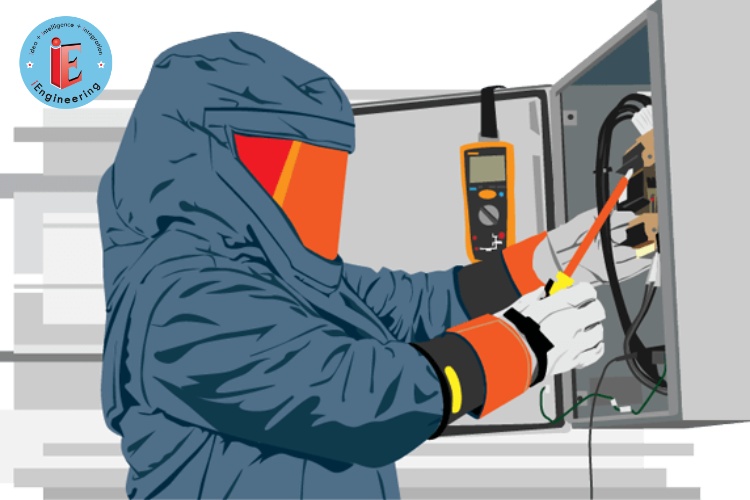How to do Arc Flash Study?
Arc flash study could be very critical in electricity systems. An arc flash is a phenomenon in which a flashover of electrical current leaves its intended path and travels via the air from one conductor to another, or to the ground. The consequences are frequently violent and extreme damage or even demise can arise while a human is close to the arc flash. Arc flash may be due to many kinds of stuff such as Dust, dropping tools, Accidental touching, Condensation, Material failure, Corrosion, and Faulty setup.
The elements to decide the severity of an arc flash damage are the Proximity of the employee to the threat, Temperature, fault current, and Time for the circuit, to break. The essential goal of an arc flash observation is to pick out and examine excessive chance arc flash regions to your electric electricity device with extra flexibility through simulating and comparing diverse mitigation techniques in arc flash observation.
The National Fire Protection Association (NFPA) has advanced precise method barriers designed to defend personnel even operating on or close to the energized gadget. These barriers are
- Flash Protection Boundary (outer boundary)
- Limited Approach
- Restricted Approach
- Prohibited Approach (inner boundary)
The software used for the simulation study is NEPLAN 360.
Why Arc Flash Analysis is necessary?
- To decide the maximum energy at MV and LV switchgear.
- To set up the Arc flash boundary restriction primarily based totally on the arc fault current and fault clearing time.
- To specify the threat/change category.
- To advocate appropriate PPE for the protection of workers.
- To generate appropriate threat and caution labels.
The Steps Required to do Arc Flash Analysis
- Collection of inputs (SLD, gadget parameters – Voltage kV rating, Power MVA rating, Impedance, System fault level, X/R ratio, safety settings).
- Check the electrode configuration of the panel primarily based totally on IEEE 1584 which includes VCB, VCBB, HCB, VOA, HOA
- Modeling in simulation software.
- Finding the bolted fault current and carrying short circuit studies at every switchgear for the worst scenario.
- Find the arc fault current.
- Find the duration of arc fault current based on protection settings/relay coordination.
- Find the incident energy for each switchgear at the working distance and suitable PPE.
- Creating danger and warning labels.
- Submitting detailed reports including labels.
Outcomes of Arc Flash Analysis
- Upon calculation, results are automatically displayed on SLD while their content and graphical information can be customized.
- The display of the result is node oriented, and it can be inserted at any node or element.
- Result visualization and processing are easier due to the following visualization functions
- Overload pieces of equipment (current transformer, voltage transformer, circuit breakers, etc.) are highlighted
- Output results are sorted by voltage levels
- Arcing current, incident energy, and arcing fault clearing time.PPE category and all appropriate results are displayed
- Display of results in table format which can be exported to WORD/EXCEL
- Workplace Safety: a flexible label can be printed out by including the hazard classes and all required results
Reference Standards
- NFPA70E-2018, “Standard for electrical safety in the workplace”,
- IEEE Std 1584, “IEEE Guide for Performing Arc flash hazard calculation”
- ISSA 2011
- DC IEEE 2012
- DC NFPA 2015
For more information and inquiries feel free to contact akshay@iengaust.com.au
You can also visit our official website- https://ieng.tech/power-system-studies-design/




